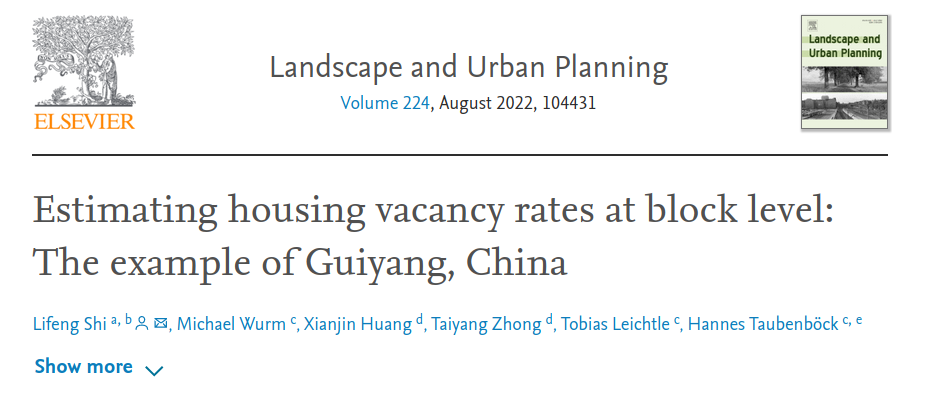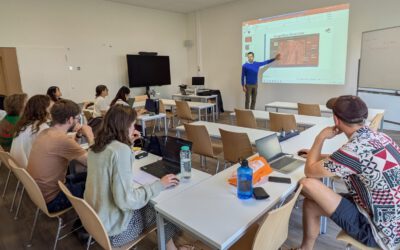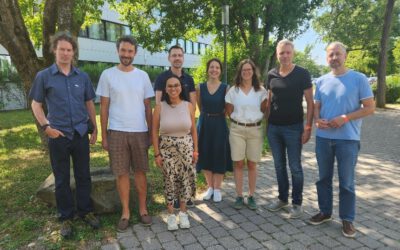Hannes Taubenböck and colleagues published a new article on “Estimating housing vacancy rates at block level: The example of Guiyang, China” in Landscape and Urban Planning. From the abstract: “For the real estate market, housing prices as well as housing vacancy rates (HVRs) are key indicators. However, for the latter indicator, there is no official data set for Chinese cities. Collecting HVR in a traditional way requires enormous personnel efforts and is therefore very expensive and time consuming. In this study, we introduce a framework for estimating the HVR at high spatial resolution (i.e. at block level) for residential areas based on several emerging data sources. The developed framework consists of three steps: 1) we extract residential blocks and map detailed housing data. These data are applied to estimate the population capacity; 2) we spatially distribute the actual census population into residential blocks as a function of night light emission intensity; 3) we estimate the HVR for each residential block according to the gap between its actual distributed population and the estimated population capacity. We find the following main results for our test case of Guiyang in China: 1) the average HVR in the urban area of Guiyang is estimated at 25%; 2) with rising distance to the city center the HVR is increasing; 3) the buildings that have been built more recently feature higher HVRs. We check the plausibility of our approach using water consumption data as proxy information for residency. These checks reveal high accuracies. With this suggested workflow relying on open data sources and the achieved plausibility, the developed framework for HVR estimation has the potential to be applied on a large scale.”
read the full article here:
“Estimating housing vacancy rates at block level: The example of Guiyang, China”: https://www.sciencedirect.com/science/article/pii/S0169204622000809








